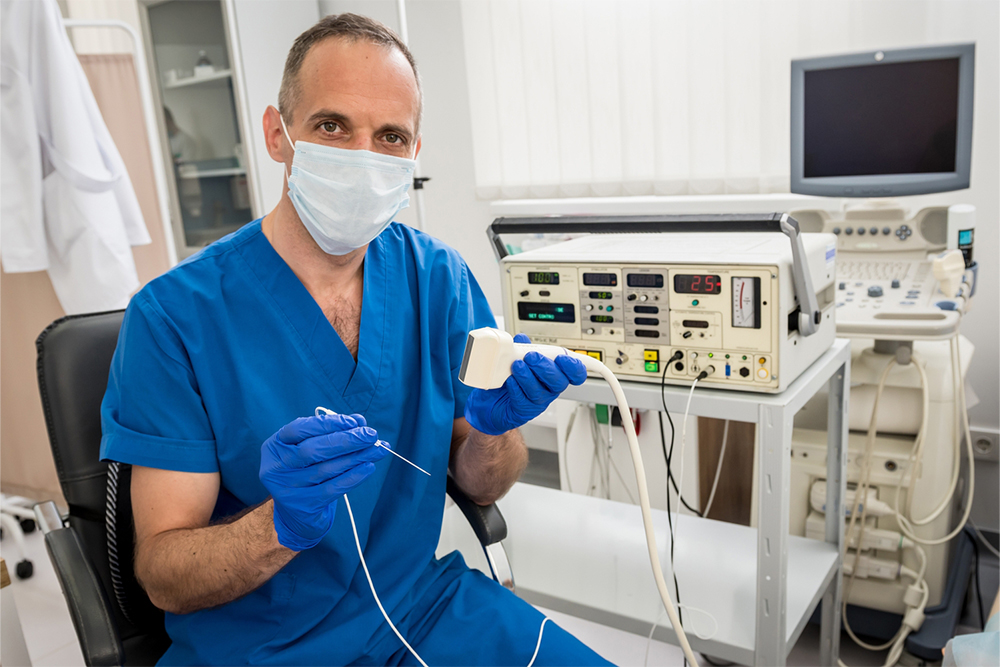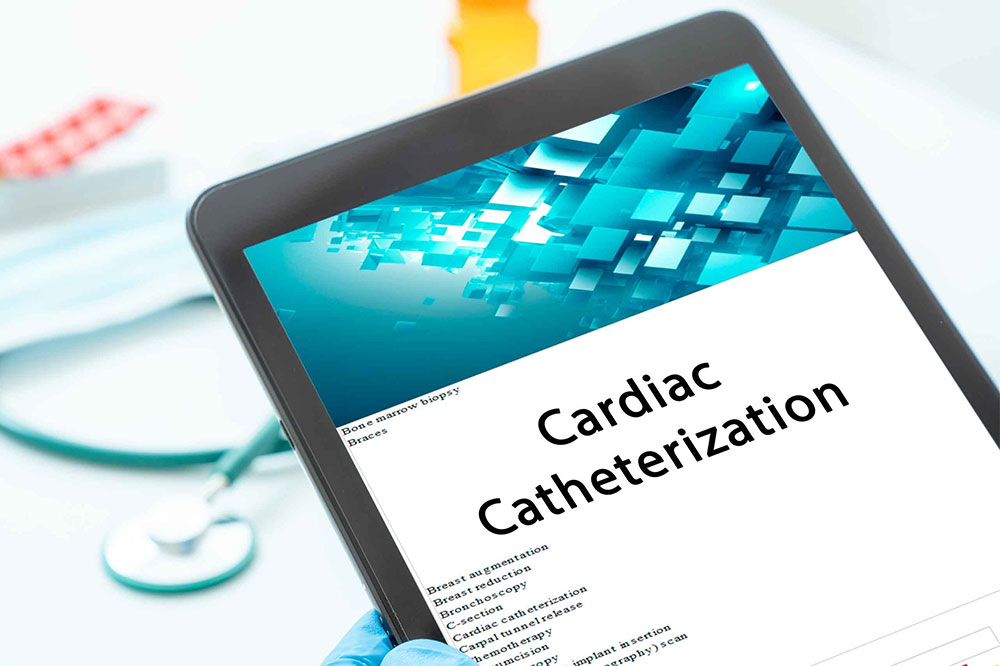Comprehensive Guide to Angiograms and Angioplasty: Diagnostics and Treatments for Cardiovascular Health
This comprehensive article explains the essential roles of angiograms and angioplasty in diagnosing and treating arterial blockages. It details the procedures, differences, and recovery process, providing valuable insights for patients seeking vascular health solutions. Learn how these minimally invasive techniques can improve blood flow, prevent heart attacks, and support overall cardiovascular health.

In-Depth Overview of Angiograms and Angioplasty Procedures for Heart Health
For individuals experiencing symptoms related to cardiovascular health issues, diagnostic imaging and minimally invasive treatments such as angiograms and angioplasty are vital tools in modern medicine. These procedures play crucial roles in detecting and treating blocked or narrowed arteries, thereby preventing potentially life-threatening conditions like heart attacks or strokes. Understanding the differences, functionalities, and procedural details of angiograms and angioplasty can empower patients to make informed decisions about their health and treatment options.
Addressing Coronary and Vascular Blockages
Physicians often suspect underlying arterial problems when patients report symptoms such as persistent chest pain, dizziness, shortness of breath, irregular heartbeat, nausea, extreme fatigue, or swelling and cramping in the legs. These signs necessitate further investigation to determine the severity and location of artery blockages, which can impede blood flow to vital organs.
Following a thorough physical examination and detailed medical history assessment, physicians often recommend diagnostic tests such as angiograms to visualize blood vessels precisely. If the diagnosis confirms the presence of significant blockages, angioplasty may be employed as a treatment to restore normal blood circulation. In many cases, both procedures are performed together to optimize outcomes. When arterial narrowing is mild or symptoms are minimal, less invasive options like medication management or lifestyle modifications could be considered as initial steps.
What is an Angiogram?
An angiogram is an advanced imaging technique that enables doctors to view blood vessels in detail by injecting a contrast dye that highlights the vasculature on X-ray, CT, or MRI scans. This procedure helps identify blockages, abnormal clots, or areas of narrowing that may compromise blood flow, especially in critical regions like the heart, lungs, brain, or kidneys. It is considered a minimally invasive diagnostic tool with a high accuracy rate in pinpointing vascular issues.
It is particularly essential in diagnosing conditions such as atherosclerosis, coronary artery disease, peripheral artery disease, and aneurysms. By providing a clear map of blood flow, angiograms guide subsequent treatment strategies effectively.
Types of Angiograms
Depending on the particular area of concern, different variations of angiography are performed. Coronary angiograms utilize catheter-based or CT imaging techniques to evaluate heart arteries. Pulmonary angiograms focus on lung vasculature to detect embolisms or malformations. Cerebral angiograms examine brain vessels for aneurysms or blockages, while renal angiograms assess kidney blood supply. Each type provides specific insights necessary for targeted intervention.
What is Angioplasty?
Angioplasty is a minimally invasive surgical procedure designed to open narrowed or completely blocked arteries. It is often regarded as the first line of treatment for vascular blockages, especially in coronary artery disease, to restore healthy blood flow and prevent myocardial infarction.
Types of Angioplasty Procedures
The procedures vary depending on the artery location, ranging from coronary, carotid, to peripheral angioplasty. Balloon angioplasty involves inserting a catheter with a tiny balloon at its tip into the affected artery. Once positioned at the blockage site, the balloon is inflated to compress plaque against the arterial walls, thereby improving blood flow. To keep arteries open, stent placement is frequently used, where a wire mesh tube is deployed during the procedure. This stent acts as a scaffold, preventing re-narrowing and supporting arterial walls long-term. The combined approach, known as percutaneous coronary intervention (PCI), is a standard treatment for many vascular conditions.
During the procedure, a guidewire and balloon catheter are carefully threaded through the blood vessels under imaging guidance. The balloon is inflated at the blockage site to crush the plaque, and stents are deployed if necessary to maintain vessel patency. The entire process is usually performed under local anesthesia, with patients remaining conscious but sedated for comfort.
Procedure Process and Recovery
Angiography typically lasts between 30 to 120 minutes. The patient lies on an imaging table, and a catheter is inserted into an artery, often in the groin or wrist. Contrast dye is injected to visualize blood vessels, and real-time images are captured by X-ray or other imaging modalities. Post-operation, patients are advised to rest and avoid strenuous activities for a few days to facilitate healing. Recovery from angioplasty is generally swift, with most individuals resuming their normal routines within a week or two. Regular follow-up is essential to monitor the condition and prevent future blockages.




